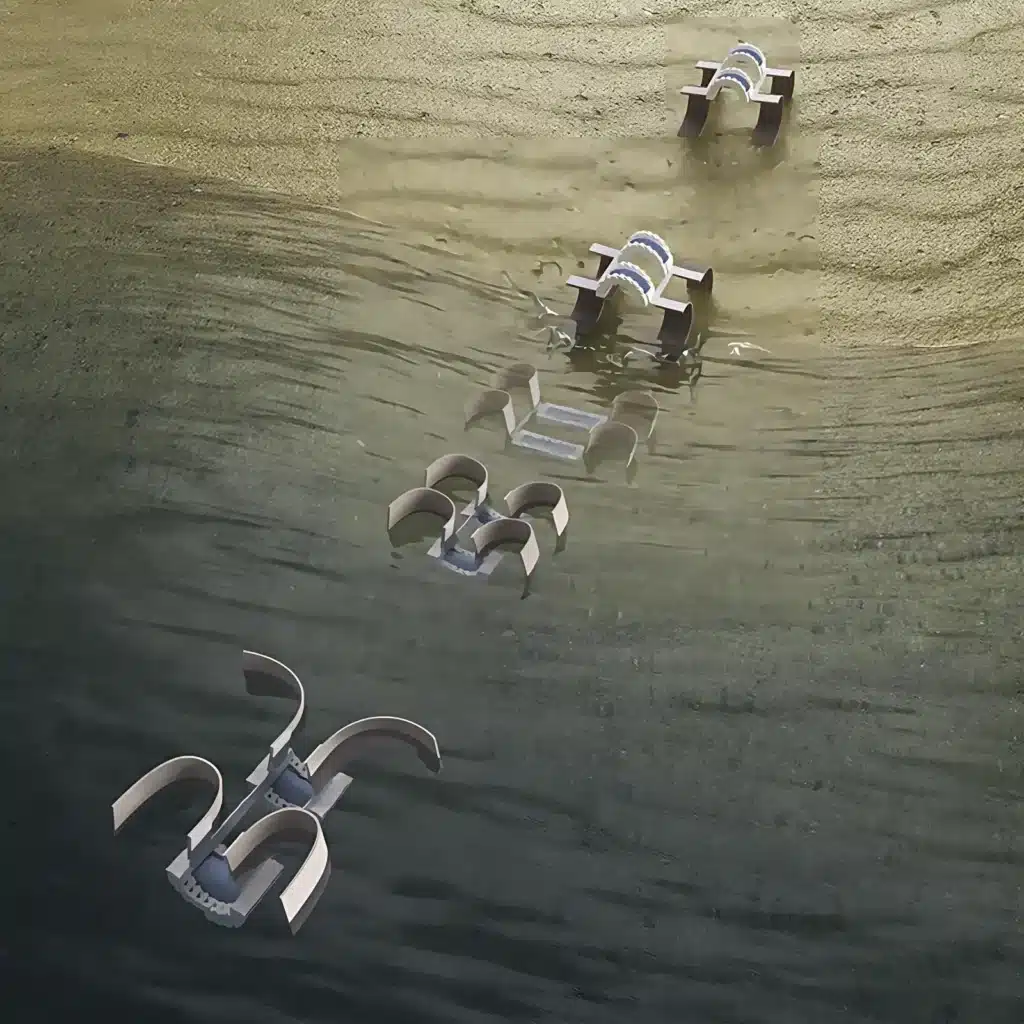Inspired by nature, researchers have developed a versatile robot that seamlessly shifts between modes of movement, from Walking to Swimming or Crawling to Rolling.

Many Animals Transition Between Walking, Jumping, Crawling, and Swimming Effortlessly, Without Requiring Extensive Reconfiguration. However, the majority of robots are incapable of doing so.
Researchers at Carnegie Mellon University have developed Soft Robots that Seamlessly Shift Between Modes of Movement, from Walking to Swimming or Crawling to Rolling. Employing Highly Dynamic Bistable Soft Actuators Allows for Diverse Locomotion. Bistable actuators, made of 3D-printed soft rubber and shape-memory alloy springs, react to electrical currents by contracting and bending the actuator or robot. This bistable motion is used to change the robot’s shape, which remains stable until another electrical charge returns it to its previous configuration.
Animal-like transitions between walking, swimming, crawling, and jumping pose a significant challenge for bio-inspired and soft robotics. The researchers’ team created a robot with four curved actuators as legs on land and propellers in water, made from a cell phone-sized body with two bistable actuators. Separate systems for land and water add weight and complexity, but Robots need legs for the ground and propellers for water. Creating an efficient robot involves using a single system for both environments. Researchers also developed two other robots: one crawls and jumps, and the other crawls and rolls like caterpillars and pill bugs.
Actuators need only a hundred milliseconds of electrical charge to change shape and are durable. The researchers’ team demonstrated durability by repeatedly riding a bicycle over one actuator and changing the robots’ shapes. Robots could aid in rescue and interact with sea life, and heat-activated springs in actuators could enable environmental monitoring, haptics, and reconfigurable electronics and communication.
Researchers believe energy-efficient and versatile robots like this have the potential for many interesting and exciting applications.
Reference : “Highly Dynamic Bistable Soft Actuator for Reconfigurable Multimodal Soft Robots” by Dinesh K. Patel, Xiaonan Huang, Yichi Luo, Mrunmayi Mungekar, M. Khalid Jawed, Lining Yao and Carmel Majidi, 18 November 2022, Advanced Materials Technologies. DOI: 10.1002/admt.202201259







